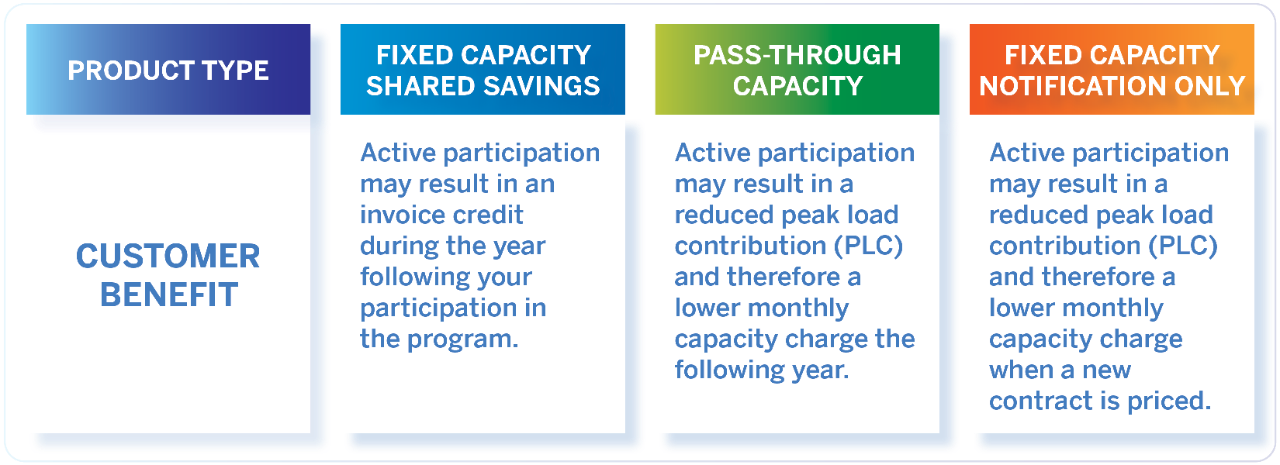Peak Load Management: Use Curtailment as an Opportunity
As a consumer of electricity from the grid, you pay for both the actual energy you consume (the kilowatt hours) and the amount of energy that needs to be available to serve your account based on your kilowatt demand (peak load, also called peak demand). The peak load on an electrical grid is simply the highest demand that has occurred over a specified time period. By making targeted adjustments to energy usage during these peak hours, your overall energy costs can be reduced over time.
Your peak load contribution (PLC) is based on a facility’s energy usage during a select number of peak usage hours during the previous year. These are the hours during which the usage was the highest across the entire independent system operator (ISO) grid—not just your zone or utility – these peak hours vary regionally.
Constellation can help you with conscious management of your electricity load and reducing your that during peak setting hours which, can in turn, reduce capacity charges for the upcoming year.
How Does Peak Load Management Work?
Constellation leverages our wholesale market expertise and aims to predict when there may be peak grid hours. Day-ahead, and day-of, notifications are sent alerting you to the anticipated peak. This allows you to choose if you would like to curtail load or not – this is a completely voluntary program, and you are under no obligation to reduce your usage.
Benefits of Peak Load Management
Benefits are realized the following year when regional grid operators determine your share of capacity charges based on historical consumption during peak grid hours. In short, if you reduce consumption at peak hours this year, you’ll be charged less next year.
- Low-risk opportunity - Voluntary participation
- Transparency - Informational access into consumption patterns
- Active participation results in:
- For fixed capacity shared savings customers—a credit on your invoice during the year following your participation in the program
- For pass-through capacity customers—a reduced peak load contribution (PLC) and therefore a lower monthly capacity charge the following year
- For fixed capacity notification only customers—a reduced peak load contribution (PLC) and therefore a lower monthly capacity charge when a new contract is priced
Peak Load vs. Demand Response Programs
Both peak load management and demand response programs relate to curtailing energy demand at a given time. However, demand response programs you must respond to the utilities' request to lower usage when demand is too high and there is not enough energy to meet the grid's peak. This reduces or shifts your electricity usage during peak periods in response to time-based rates or other forms of financial incentives. Peak load management, on the other hand, is entirely voluntary.
Expense Reduction Through Peak Load Management
